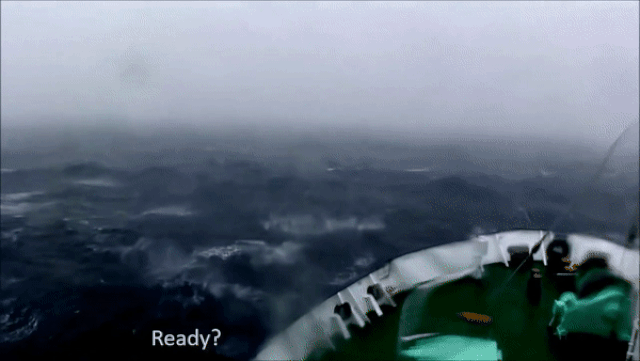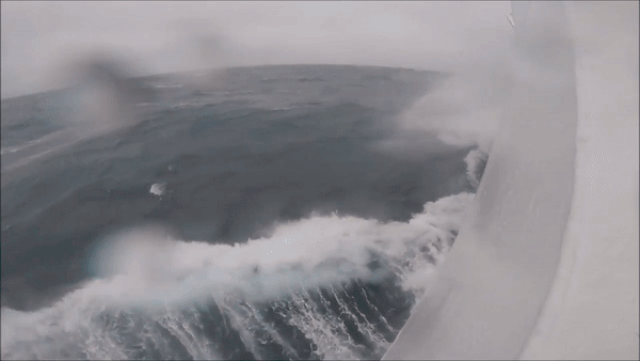This is a strait that constantly endures horrific storms, generating massive waves, along with drifting icebergs, creating a nightmare for any sailor who passes through.
Since the 16th century, thanks to the great geographical discoveries of the world’s maritime explorers, humanity has gradually come to know new lands and new seas. One of these is the Drake Passage, which separates South America from Antarctica.
However, the danger of this strait is measured by the lives of countless sailors, so it took many years before people dared to venture through this area. Most of them were seasoned sailors, experienced mariners, or explorers.
“The most terrifying stretch of ocean on the planet”, Alfred Lansing described the journey across the Drake Passage of explorer Ernest Shackleton on a small lifeboat. The Drake Passage connects the southern tip of South America with the northernmost point of the Antarctic Peninsula. Once a place frequented only by experienced explorers and sailors, today the Drake Passage poses a significant challenge for those wanting to reach Antarctica, and this number is steadily increasing. They may take up to 48 hours to cross the strait and can take pride in their successful journey.
Spanning approximately 1,000 km, the Drake Passage is the gateway for ships entering the Antarctic waters. This treacherous waterway is also known in Spanish as “Mar de Hoces.”

Discovered in the 16th century, but it took many years before people dared to cross this strait.
The lethal dangers of the Drake Passage arise from multiple factors.
The first is the coexistence of warm and cold ocean currents under the surface. The mixing of these hot and cold currents in an area just 1,000 km wide, without any underwater ridges to slow down the flow, creates extremely strong currents, resulting in a series of terrifying “killers” for sailors. These are massive rogue waves that can completely capsize ships at any moment.
Next, due to its proximity to Antarctica, the Drake Passage is home to extremely strong and cold winds, reaching speeds of up to 10 m/s, with temperatures ranging from -3 degrees Celsius to 5 degrees Celsius.
“This is the only place on Earth where winds can blow across the globe without hitting land, whereas land tends to weaken storms”, said Alexander Brearley, a marine scientist at the British Antarctic Survey.
According to Brearley, winds tend to blow from west to east, with latitudes between 40 and 60 known for strong winds. However, winds are slowed down by land masses. This is why Atlantic storms typically hit Ireland and the UK before weakening as they continue eastward into mainland Europe.
There are no land masses to slow the winds at the latitude of the Drake Passage. As a result, winds can blow fiercely across the globe, gaining speed and crashing into vessels.

Rough waves in the Drake Passage.
The third factor contributing to the danger is that the weather in this area is highly unpredictable. Almost all weather forecasts are rendered useless by large sea storms. It is very difficult to determine when a storm will strike and when it will not in this fearsome sea.
It is evident that with swift currents flowing at rates of up to 150 million m3 of water per second (600 times the flow of the Amazon River), combined with the “bone-chilling” cold winds and unpredictable massive storms, all of this has transformed this area into the “Strait of Death,” one of the deadliest waters in the ocean on Earth.
For oceanographers, the Drake Passage is an attractive location. It features many underwater mountains, and the strong currents squeezing through the narrow strait cause waves to crash against these underwater peaks. These submerged waves create whirlpools that bring cold water from the deep sea up to the surface. This process is crucial for the Earth’s climate.




















































